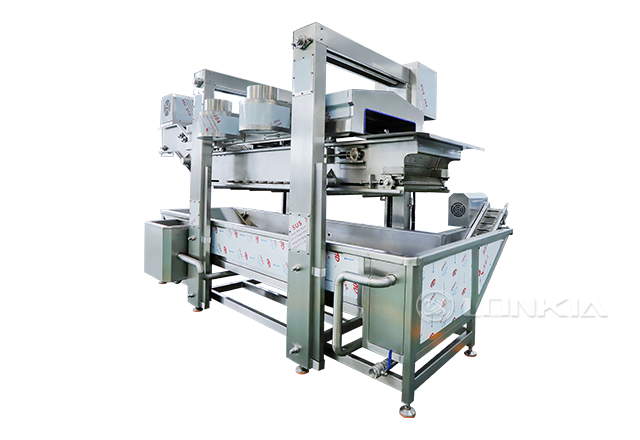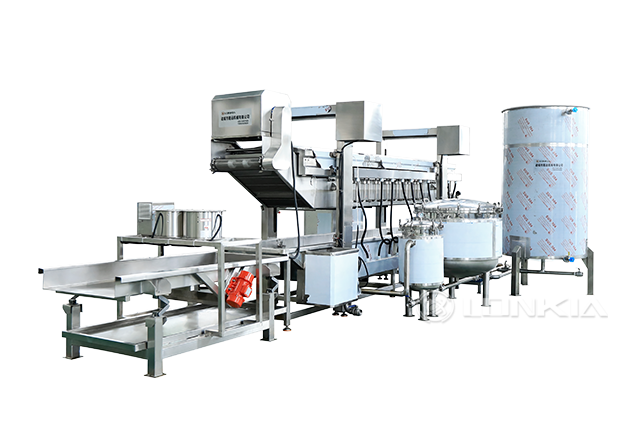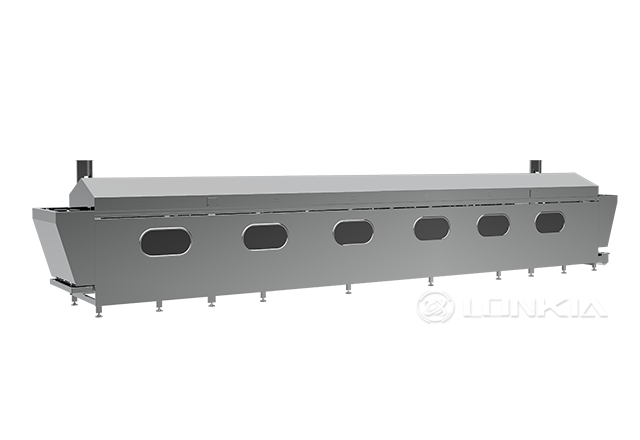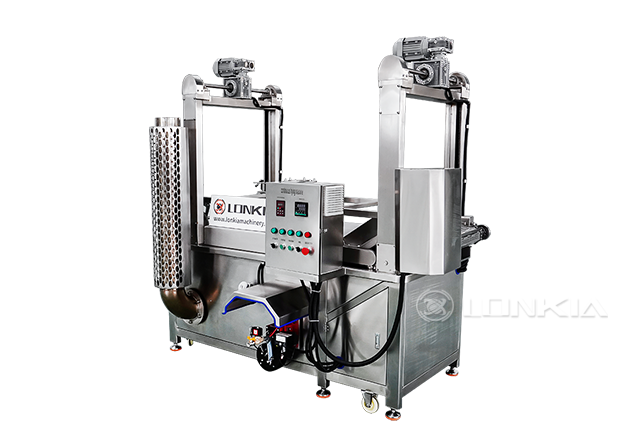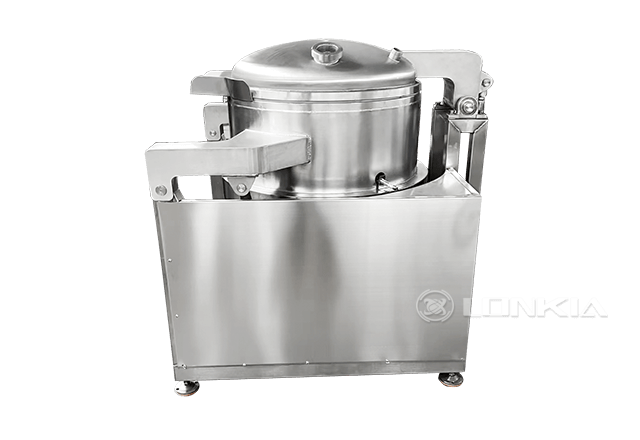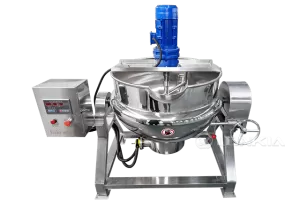Investing in a potato chips processing line is a significant decision for any business in the food manufacturing industry. A well-designed processing line can drastically improve production efficiency, reduce labor costs, and enhance product consistency. However, it’s essential to understand the initial investment costs, operating expenses, and the return on investment (ROI) before making such a purchase.
In this blog, we’ll explore the various factors that contribute to the total cost of a potato chips processing line and help you determine if it’s the right investment for your business.
Initial Investment Costs
The initial investment in a potato chips processing line can vary greatly depending on the capacity, technology, and automation level of the machinery. Here are some key components that influence the upfront cost:
- Processing Capacity: The size of the processing line will directly impact the price. A high-capacity line designed for large-scale production will be more expensive than a smaller, low-capacity line.
- Automation and Technology: A fully automated line with advanced features such as programmable control systems, high-precision equipment, and real-time monitoring will increase the upfront cost. While automation can improve efficiency and reduce labor costs, it comes at a higher initial price.
- Type of Equipment: Essential machines in the line include washing machines, peeling machines, slicing machines, fryers, seasoning systems, and packaging machines. The type and brand of equipment chosen will affect the overall investment. High-quality, durable machines with more advanced features tend to have higher prices.
- Customization and Integration: Some businesses require customized processing lines to meet their specific needs (e.g., specialized slicing styles or packaging formats). Customization can significantly raise the initial investment cost.
- Installation and Setup: Additional costs for installation, training, and setup should also be considered. These services are often provided by the supplier and can add to the overall cost.
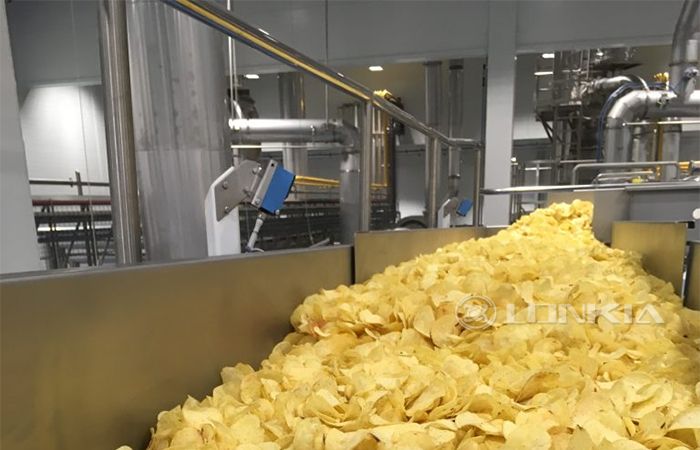
Operational and Maintenance Costs
In addition to the initial investment, there are several ongoing costs associated with running a potato chips processing line:
- Labor Costs: A highly automated processing line will require fewer operators, leading to lower labor costs in the long run. However, even with automation, you may still need workers for machine operation, maintenance, and quality control.
- Raw Materials: The cost of raw potatoes, oils, seasonings, and packaging materials are ongoing expenses that will vary depending on the scale of production and market prices for these ingredients.
- Energy and Water Consumption: Fryers and other processing equipment consume significant amounts of energy, and water is often used for washing and cooling purposes. Energy-efficient machines will reduce operational costs over time, but it’s important to account for the ongoing utility costs.
- Maintenance and Repairs: Regular maintenance is essential to keep the processing line running efficiently and to prevent unexpected breakdowns. Routine maintenance, such as cleaning, lubrication, and parts replacement, will add to your operating expenses.
- Spare Parts: Over time, certain parts of the machines will need to be replaced. Having a budget for spare parts is crucial to avoid production downtime.
Return on Investment (ROI)
The key question for any business considering a potato chips processing line is whether the investment will provide a sufficient return. Here are some factors that influence ROI:
- Increased Production Efficiency: By automating key processes, you can significantly increase production capacity and reduce the time it takes to produce a batch of chips. This can lead to higher output and a reduction in labor costs.
- Improved Product Quality: Consistency in product quality is crucial in the food industry. Investing in a modern processing line ensures that your chips meet consistent standards, which can help improve brand reputation and customer loyalty.
- Cost Savings in the Long Term: While the initial investment may be high, a well-designed processing line can help reduce waste, energy consumption, and labor costs, leading to long-term savings.
- Scalability: As your business grows, a high-capacity processing line allows you to scale up production quickly without significant additional investment. This flexibility can improve ROI as demand for your chips increases.
- Faster Payback Period: In general, businesses can expect to see a payback period for their investment within 1 to 3 years depending on production scale, operating efficiency, and market conditions.
Financing Options
The upfront costs of a potato chips processing line can be high, but there are several financing options available to help make the investment more manageable:
- Leasing: Leasing the equipment allows you to spread the cost over a set period, which can help with cash flow management.
- Bank Loans or Equipment Financing: You may consider financing the equipment through a loan, which can provide the necessary capital while paying it back in installments.
- Supplier Financing: Some suppliers offer financing programs that allow you to purchase the processing line through installment payments.
Before making any decision, it’s essential to weigh the financing options and determine what works best for your company’s financial situation.
Conclusion
Investing in a potato chips processing line can be a lucrative decision for food manufacturers, but it’s important to consider both the initial costs and the long-term operational expenses. The right processing line will enhance production efficiency, reduce labor costs, and improve product quality, ultimately providing a solid return on investment.
When evaluating the costs, consider factors such as production capacity, automation level, and energy efficiency. By understanding the full financial picture and how the processing line aligns with your business goals, you can make a well-informed decision that will benefit your company in the long run.


